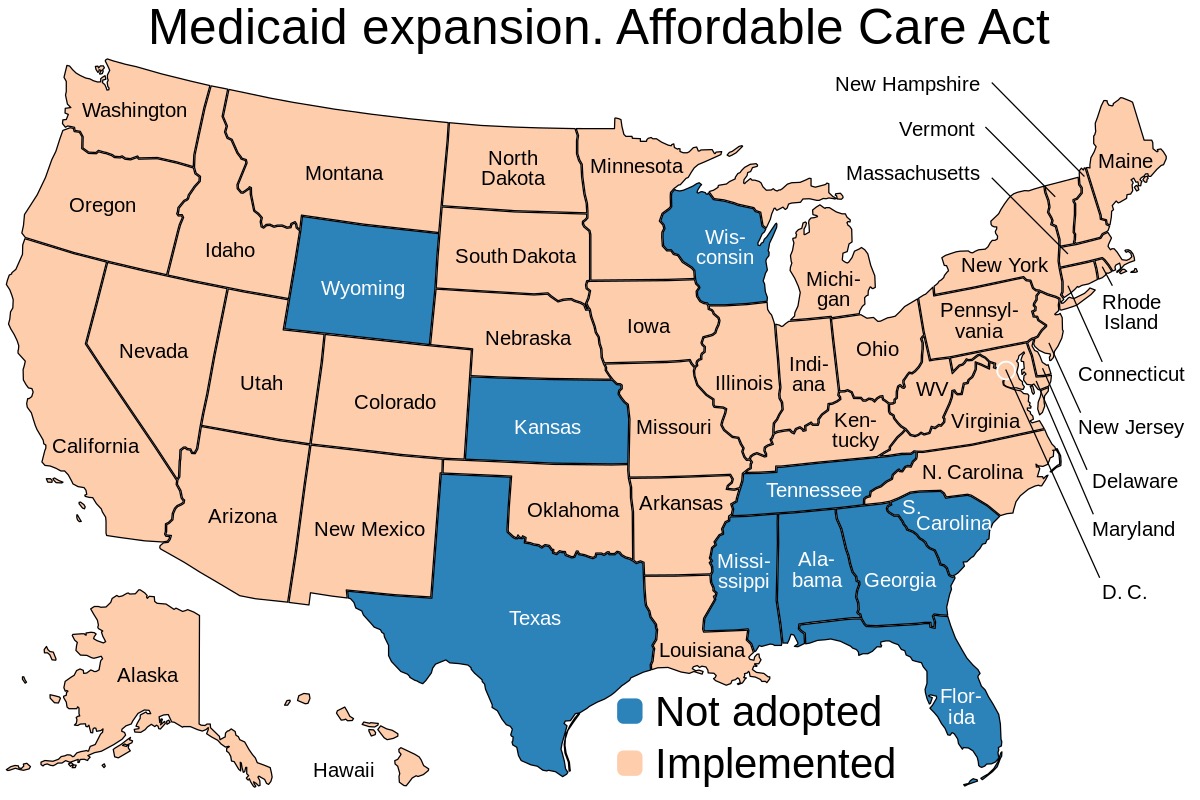Racial Equity Cannot Be Measured Without Disaggregating Data
Mar 19, 2014
Applying a racial equity lens to one’s work requires that data be “broken apart” by race. At the Race Matters Institute, one of the first questions we ask the organizations we work with is:
Does your organization systematically disaggregate the data it uses by race?
Let’s define it:
Analyzing data by race lifts up inequities between racial groups. Once inequities are revealed, the next step is to understand the factors that produce the disparate outcomes. For example, the chart below is an historical analysis of median household income by race. From these data, we see that White and Asian households have higher incomes than the average for all races, and that Black and Hispanic households have lower than average incomes. Breaking out the data this way provides an opportunity to explore the structural reasons for this gap, like employment and education opportunities or barriers and immigration history.
Here are a few questions to ask when disaggregating data:
• Can the indicator of interest be disaggregated? In other words, do the data exist? Ideally, it is best to break apart the data by race and gender, but often available data may not allow for that. Further, the more you are able to drill down within a category, the more precise your understanding can become (e.g., do the data go beyond “Hispanic” to specify national origin such as Mexican, Guatemalan, Cuban, etc?).
• Are there differences in the data by race? If yes, then there is a racial inequity present.
• What are the possible reasons for the inequity? There are many resources available to provide a structural explanation for the inequity. (In this example, see the Color of Wealth: The Story Behind the U.S. Racial Wealth Divide by Barbara Robles, Betsy Leondar-Wright et. al, edited by Meizhu Lui, 2006.)
• Work to provide a research-based explanation for data that show inequities. Otherwise your audience will supply their own explanation, and this is where stereotypes too often fill the gaps.
To summarize: Racial equity cannot be measured without disaggregated data. When data reveal racial inequities, a structural explanation – e.g., differential opportunities – is often behind them. So addressing racial inequities typically requires group-specific strategies. Racial equity is a measurable aspiration, and strategies to achieve it need to start with good baseline data.
Written by:
Joanna Shoffner Scott with Paula Dressel










